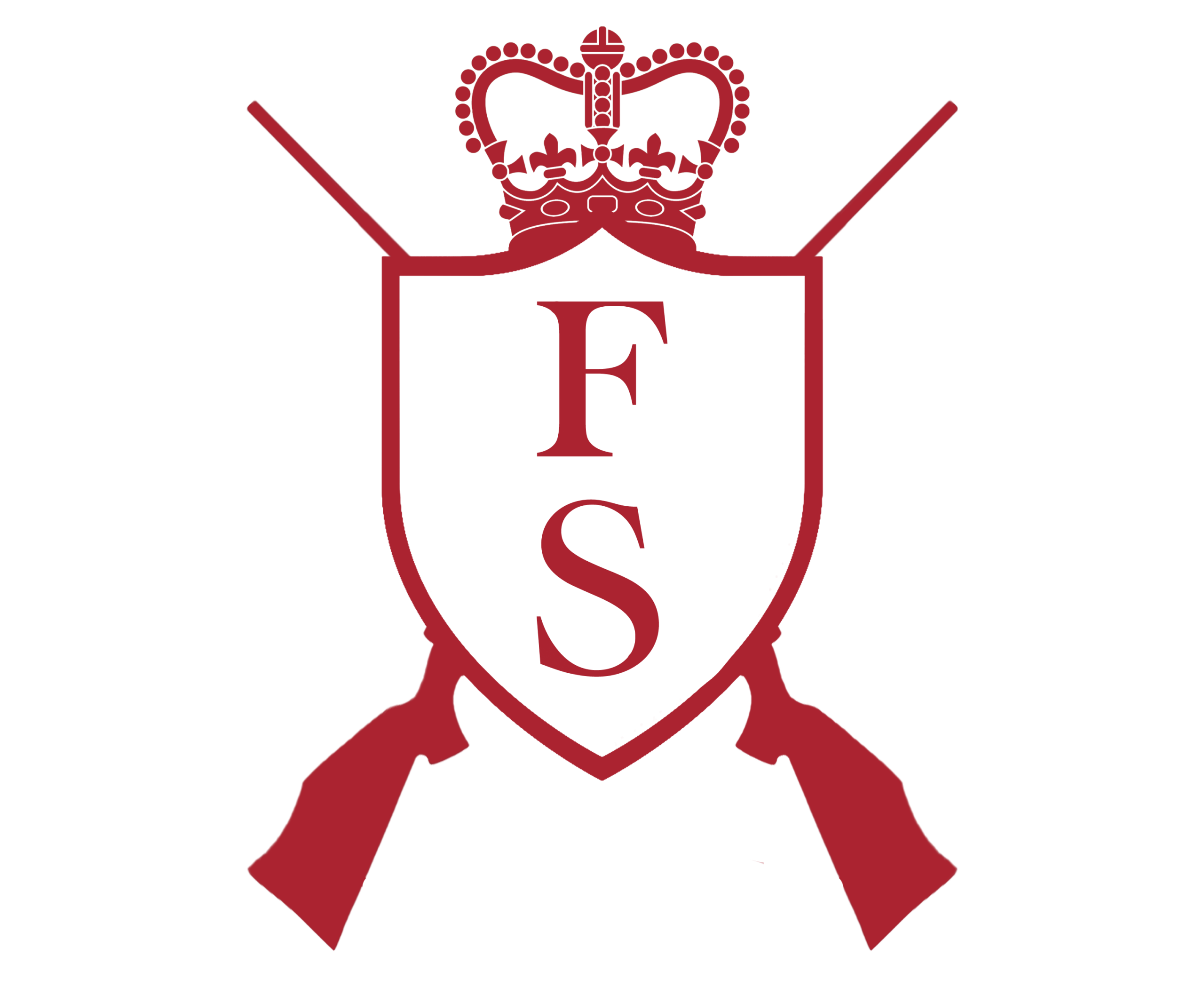Muntjac Deer: Britain’s Smallest and Most Elusive Deer.
Muntjac Deer: Britain’s Smallest and Most Elusive Quarry
Fast, sharp-eyed, and masters of stealth, muntjac deer are a challenging prize for any hunter. These small, hardy deer weave through dense undergrowth with ease, making them one of Britain’s most elusive species to track. Introduced from China, they have flourished in the UK’s woodlands, offering year-round stalking opportunities. With their keen senses and unpredictable movements, muntjacs demand patience, skill, and precision. Whether you’re a seasoned hunter or new to the sport, understanding their habits is key to a successful hunt.
The British Muntjac: A Stealthy Woodland Resident
The Reeves’ muntjac (Muntiacus reevesi) is the smallest deer species in Britain. The British muntjac is a small, secretive deer that thrives in dense woodlands, farmland edges, and even suburban gardens. Known for their hunched posture and reddish-brown coats, these compact deer blend effortlessly into their surroundings, making them a challenge to spot. Muntjacs are solitary by nature, with bucks defending territories using sharp, downward-pointing tusks rather than relying solely on their small antlers. Their distinctive bark-like call often gives away their presence before they are seen. Active year-round and at any time of day, these adaptable deer are masters of stealth, slipping through undergrowth with surprising agility.
Physical Characteristics.
Size & Build
- Males (bucks): Weigh between 10–18kg, standing up to 50cm at the shoulder.
- Females (does): Slightly smaller, weighing 9–16kg.
- Posture: Stocky build with a distinctive hunched appearance, as their rumps sit higher than their shoulders.
Tail & Antlers
- Tail: Short and flat, raised to reveal a white underside when alarmed.
- Antlers (males): Small, inward-curving, and typically unbranched, growing from fur-covered pedicles. Occasionally, short brow tines may develop.
Facial Features
- Males: Black facial markings, light-coloured cheeks, and large facial glands below the eyes.
- Females: A dark crown patch in place of antlers.
Tracks & Signs
- Hoof Prints: Tiny, measuring just 2.5cm in length—one of the smallest of any deer species.
History & Distribution in Britain.
Muntjac were first introduced to Britain in 1838 by John Reeves of the British East India Company, who brought specimens to London. However, significant introductions did not begin until the 1890s, particularly within Woburn Park, which is widely regarded as the primary point of entry for the species in the UK. The Indian muntjac, a slightly larger relative, was introduced around the same time but failed to establish a sustainable population. For years, there was speculation that British muntjac were a hybrid of the two species, but this has since been disproven.
Behaviour & Habitat.
Muntjac are elusive and highly adaptable, often found in woodland areas, scrub, and farmland. Unlike other deer species, they do not have a defined breeding season, meaning they can reproduce all year round.
Muntjac are commonly referred to as ‘barking deer’ due to their loud, repetitive bark, which they use in a variety of situations, including:
• As an alarm call when sensing danger.
• During mating interactions.
• To establish territory. In addition to barking, they can also scream when frightened and does communicate with their offspring through a series of high-pitched squeaks.
Why Hunt Muntjac?
Muntjac are one of the most challenging deer species to stalk, making them highly sought after by hunters. Their small size, agility, and ghost-like movements make them difficult to track, often appearing and disappearing in an instant.
At dawn and dusk, their movements resemble those of wild boar, earning them the nickname ‘ghost pigs’. European hunters unfamiliar with such small deer often struggle with estimating range, making accurate shot placement crucial.
Best Stalking Methods
• Morning Hunts: Hunting from a high seat in the early morning is an excellent strategy. This allows for a clear view of muntjac movement while enjoying the peaceful sights and sounds of nature waking up.
• Evening Hunts: Foot-stalking in the evening provides a more dynamic challenge. This method allows nature to reset overnight, ensuring that muntjac return to their normal patterns the next day.
• General Advice: Always remain alert. Muntjac move swiftly and often appear suddenly, catching even the most experienced hunters off guard.

Recommended Rifle Calibre
.243 with a 70-grain or larger bullet. However, larger calibres are also commonly used, including 308w
and 30-06 with 150-grain bullets

Hunt on foot and High Seat
Muntjac move swiftly and often appear suddenly, catching even the most experienced hunters off guard.

Hunting season
All year round
